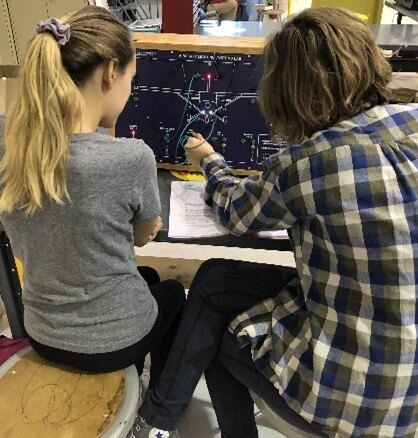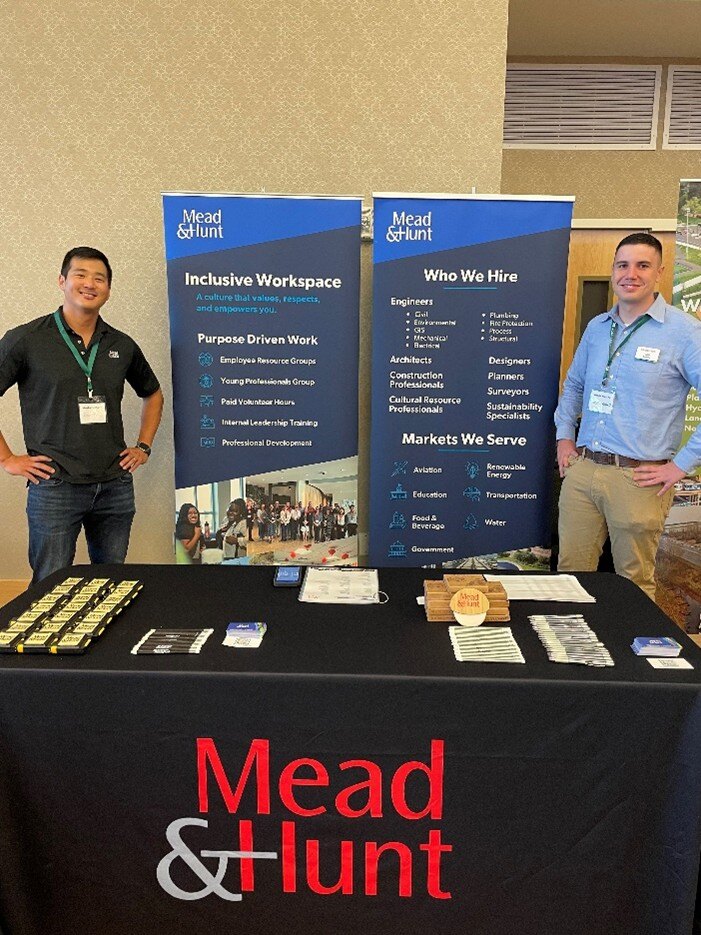Workforce Development - The Backbone of a Company’s Success
It is well known that “an empowered and enriched workforce is the backbone of a company’s success.” So what happens when an industry thrives, but the number of talented individuals interested in entering the workforce dwindles and capacity issues cause workforce development plans to be sidelined? In the aviation and aerospace industry, this manifests as inefficiencies and jeopardizes safety, such as aircraft component production backlogs, aircraft maintenance lapses, and numerous flight disruptions. Without swift action, these problems will be exacerbated by the growing industry.

A Problem Well Stated Is a Problem Half Solved
The US Aerospace and Defense (A&D) workforce expanded by 4.8% in 2023, surpassing the national average growth rate of 1.7%. The sector now employs approximately 2.2 million individuals (representing 1.4% of the nation’s total employment) and boasts a higher-than-average labor income of $112,000 due to the required skill level.
Despite enticing salaries, attracting qualified personnel is particularly challenging. Large-scale layoffs during the pandemic and news stories on operational challenges tarnished the industry’s image, leading to fears of an ‘unstable’ and ‘insecure’ job market This, coupled with competition from other industries, makes locating new aviation and aerospace talent seem as elusive as Bigfoot. Retaining individuals is not much easier—from 2021 to 2022, the turnover rate within the A&D industry grew from 5.8% to 7.1%.

Workforce Development Solutions
So, what should aviation and aerospace organizations do to address this conundrum and develop the backbone of their company’s success? Focus on a plethora of defenses across the four key pillars of workforce development—Recruitment, Development, Retention, and Future Planning.
Actions include:
-
Promoting aviation and aerospace industry exposure from pre-K to professionals through partnerships with educational institutions and industry organizations to build a future talent pipeline.
-
Implementing comprehensive training programs to enhance skills for professional growth.
-
Creating clear career pathways so employees can grow and adapt to changes in technology or procedures.
-
Providing clear pathways for career growth opportunities, greater responsibility, and continued advancement.
-
Offering competitive compensation.
Providing competitive health and wellness benefits to promote a healthy work-life balance.
-
Improving employee engagement, dialogue, and recognition.
Sustainable workforce development strategies are best created by proactive strategies to address current challenges and studying future advancements to align with industry trends. This includes focusing on succession planning and using tools, technology, and models to anticipate workforce needs.

Next Steps
A robust workforce in the aviation and aerospace sector is undoubtedly crucial for maintaining safety, fostering innovation, and supporting the industry's resilience. While this blog highlights the skills shortage and presents high-level strategies for AAAE members to develop an empowered and enriched workforce, an article in the April/May edition of Airport Magazine will provide more detailed solutions and success stories. A well-crafted workforce development plan can set your company up for long-term success. It also attracts new aviation talent (i.e., no more elusive Bigfoot) and strengthens the backbone of your company for long-term success.


